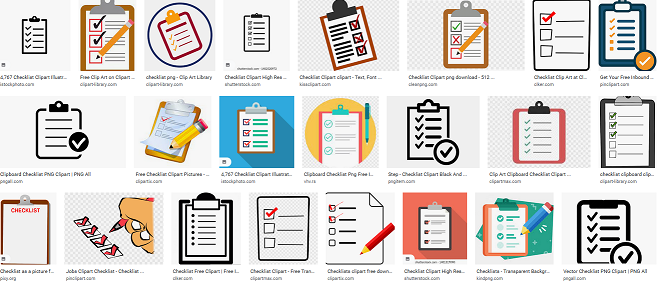
When undertaking photography with an unfamiliar camera, borrowed or new to one’s collection, it makes sense to learn about its features and functions. But more than reading, it is important to engage muscle memory by trying out the camera’s various technical specifications by taking a variety of picture situations and subjects on one’s own terms. Find out how close it will focus, what is the maximum field of focus (hyperfocal distance: from nearest point while maintaining distant horizon also in focus), what is the slowest shutter speed for hand-held pictures free from camera shake, what is the highest ISO setting before pixelation exceeds your own tastes, does sharpness and brightness noticeably degrade from center of lens to edges or corners – with aperture wide open, fully closed to its minimum, or right in the middle of that range. Diverse light conditions are worth testing out, too: twilight, mixed artificial and natural light that is direct as well as indirectly illuminating the scene, full daylight, golden hour, backlit, sidelit, and night (low) lighting situations will reveal how well the lens and camera (film or photo-sensor) can represent the visual experience of the human eye.
By putting the camera and lens combination through its paces a photographer gains familiarity with the gear, ultimately with a view to making the motion from photo idea to photo capture flow freely, with minimal hesitation. It is with the same spirit that a person gets to know their own “lens” (eye or mind) by trying out a wide range of situations to learn strong and weak points to be aware of and to work-around, if need be.
Elaborating on this idea of “testing a camera’s specifications” as a metaphor of “testing one’s own self,” what are the real life situations that correspond to the example list of photos to take and study? Perhaps “close up” for a camera is like intensity of one’s thinking or attention span. Some people can focus for hours on a complicated task, but others soon tire or can find themselves distracted by other matters. For “slowest shutter speed without causing camera shake” the analogy could be presence of mind; some people can be fully present, but others juggle several demands on their mind all at the same time. Unhurried (like a slow shutter speed, requiring care not to bump the camera) engagement with others or when doing a task allows excellent results that hasty work can easily spoil. Diverse lighting conditions for a photographer to deal with corresponds to seeing a person, event, or problem in a new light, socially speaking. In other words, seeing how well one’s mind works when facing a subject from more than one point of view puts the matter in a “new light.”
Extending the metaphor of “testing a camera’s specs” to a person’s vision of the world can go on and on. Like all comparisons there are limits to how far the idea can be stretched before the whole business is too distorted or simply breaks down. But since seeing through a lens and seeing through one’s eyes (each of which contains a lens, after all) do share a lot of optical physics and figuratively, too, it is not outlandish to extend this metaphor. But even stopping with these few interpretations of “testing one’s self” by doing similar things as “testing one’s camera,” a general picture emerges: there is value is learning how the lens and camera work – not from the owner’s manual, but from trying out the features and functions to see the limits. Equally, there is value in learning the features and functions of one’s own mind to see the limitations and quirks there.
